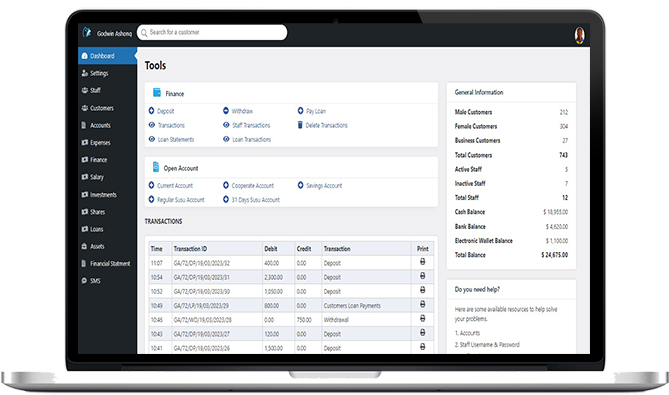
Finwaver.com
Your school or business runs better on finwaver.com. Sign up for free one (1) week try.
1.
The plan of a cylinder is a
circle.
rectangle.
square.
triangle.
2.
The first stage of the design process is
brief.
evaluation.
situation.
specification.
3.
Figure 1 shows the pictorial view of a block. Use it to answer the question below
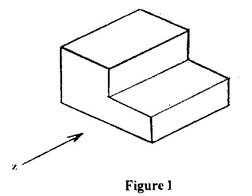
Which of the following represents the front view in the direction of arrow Z?




4.
Figure 1 shows the pictorial view of a block. Use it to answer the question below

Which of the following represents the right end elevation?




5.
In the design process, the selected idea is developed in order to
determine the cost.
evaluate final product.
improve upon it.
reduce its beauty.
6.
The most suitable pencil for drawing construction lines is
B.
HB.
2B.
2H.
7.
A common method of cooking used for most Ghanaian staple foods is
steaming.
boiling.
frying.
stewing.
8.
A seam that is often used for outer garment is
plain seam.
French.
Machine felled seam.
overlaid seam.
9.
When setting a table, the first course cutlery should be placed
at the top edge of the dinner plate.
on the dinner plate.
near the dinner plate.
further away from the dinner plate.
10.
Stranded cotton thread is used for
decorative stitches.
neatening seams.
joining seams.
temporary stitches
11.
Red, orange and violet are
warm colours.
cool colours.
opposite colours.
neutral colours.
12.
The inscription BB on a pencil indicates that, it
is hard.
is soft.
breaks easily.
sharpens well.
13.
A circle is
a form.
a principle of design.
a sphere.
an element of design.
14.
The colour violet symbolizes
wealth.
peace.
aggression.
royalty.
15.
The primary colours are
red, violet, yellow.
green, yellow, red.
red, yellow, blue.
violet, yellow, green.
16.
Goggles are worn when working on a grinding machine in order to protect the
ears.
eyes.
head.
nose.
17.
The binding agent in mortar is
cement.
sand.
stone.
water.
18.
Use figure 2 to answer the question below
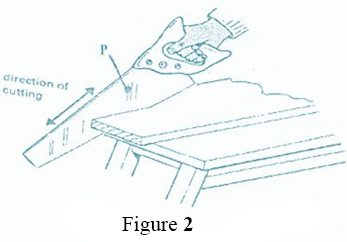
The figure shows the procedure for cutting
across the grain of timber.
along the grain of timber.
the shoulders of a joint.
the tenon of a joint.
19.
Use figure 2 to answer the question below

The tool labelled P is called
crosscut saw.
hacksaw.
rip saw.
tenon saw.
20.
The process of keeping blocks damp is
batching.
bonding.
curing.
rendering.
21.
Use figure 3 to answer the question below
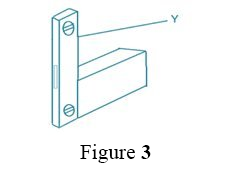
The figure shows the procedure for
levelling a wall.
measuring a wall.
setting out a wall.
plumbing a wall.
22.
Use figure 3 to answer the question below

The tool labelled Y is a
gauge rod.
spirit level.
straight edge.
tamping rod.
23.
Soft solder is an alloy of
lead and copper.
lead and zinc.
tin and zinc.
tin and lead.
24.
Which of the following is a quality of a good mortar? It should
be easily workable.
develop cracks easily.
contains impurities.
allow water to pass through.
25.
Cable insulators are made from
acrylic.
polyvinyl chloride.
nylon.
urea formaldehyde.
26.
In order to oppose the flow of electric current in a circuit, use
a capacitor.
LED.
an indicator.
a resistor.
27.
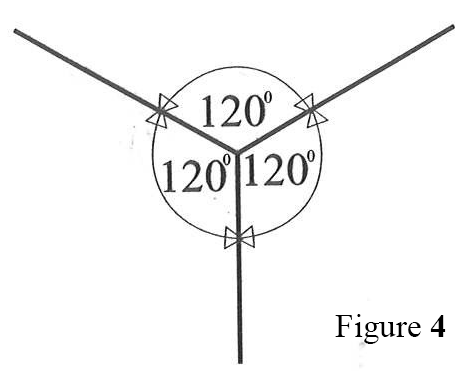
Figure 4 illustrates the principle of
Isometric axes.
Oblique axes.
Orthographic axes.
Perspective axes.
28.
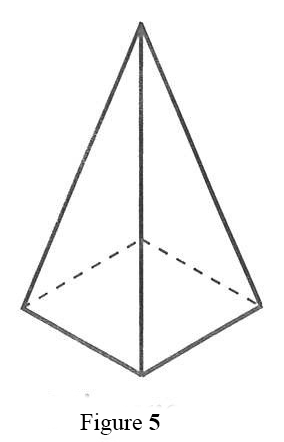
The figure 5 shows a
triangular prism.
triangular pyramid.
square prism.
square pyramid.
29.
Use the sketch shown in figure 6 to answer the question below
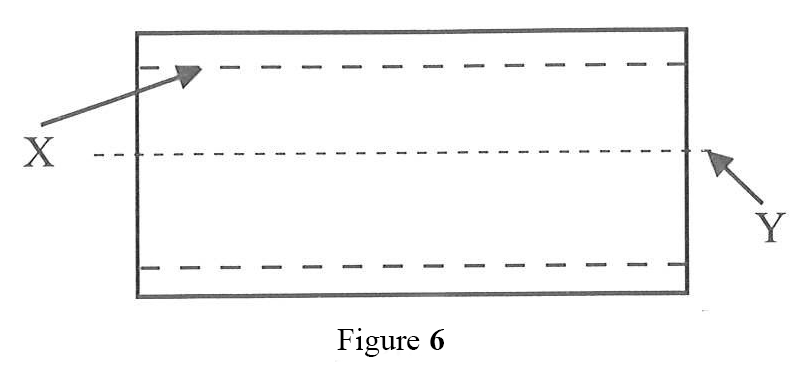
The line labelled X is a
center line.
cutting plane.
dimension line.
hidden line.
30.
Use the sketch shown in figure 6 to answer the question below

The line labelled Y is used for
dimensional.
indicating the centre of an object.
indicating the hidden detail of an object.
sectioning.
a)
List two uses of a table napkin.
b)
State four causes of food spoilage.
c)
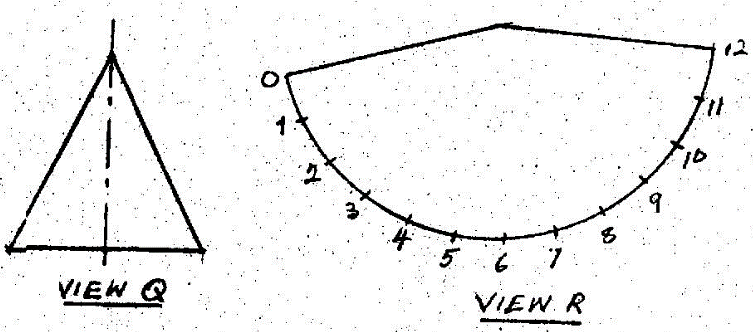
Figure 1
Figure 1 shows two views of a solid.
i)
Name the type of solid presented as view Q.
ii)
State the type of view represented as view R.
iii)
List any three equipment that are used to draw the views Q and R.
d)
i)
List the primary colours.
ii)
Name four types of line.
a)
i)
State three uses of mortar.
ii)
List three tools used for moulding bricks.
b)
i)
Make a sketch of a spirit level.
ii)
State one use of the spirit level.
iii)
State two care and maintenance measures to be observed when using the spirit level.
c)
i)
List two types of screw drivers.
ii)
State one use of a screw driver.
a)
Figure 2 shows the pictorial view of a block prepared from odum. Use it to answer question (a)(i) to (a)(iii).
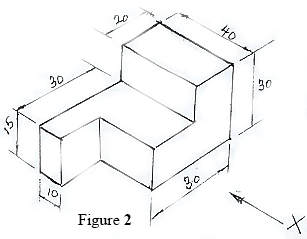
i)
Draw full size the view in the direction of arrow X
ii)
List three tools required to prepare the wooden block.
iii)
List two finishes that would be applied to make the wooden block attractive.
b)
i)
Make a freehand pictorial sketch of a spade.
ii)
Label any two parts of the spade sketched in question (b)(i).
iii)
State two uses of the spade.
a)
Copy and complete the table below with the following tools where appropriate: Spirit level,straight edge, tape measure,trowel,float,gauge rod, builder’s square and mortar board
Note: A tool may be selected more than once
| S/N | Operation | Two Tools Required |
| I | Set out a wall | |
| II | Pick and spread mortar | |
| III | Lay end blocks | |
| IV | Gauge the blocks | |
| V | Level the blocks |
b)
i)
Make a freehand pictorial sketch of a bolster.
ii)
State one use of the bolster.
c)
Sketch the representative symbols of the following components:
i)
Battery
ii)
Bulb